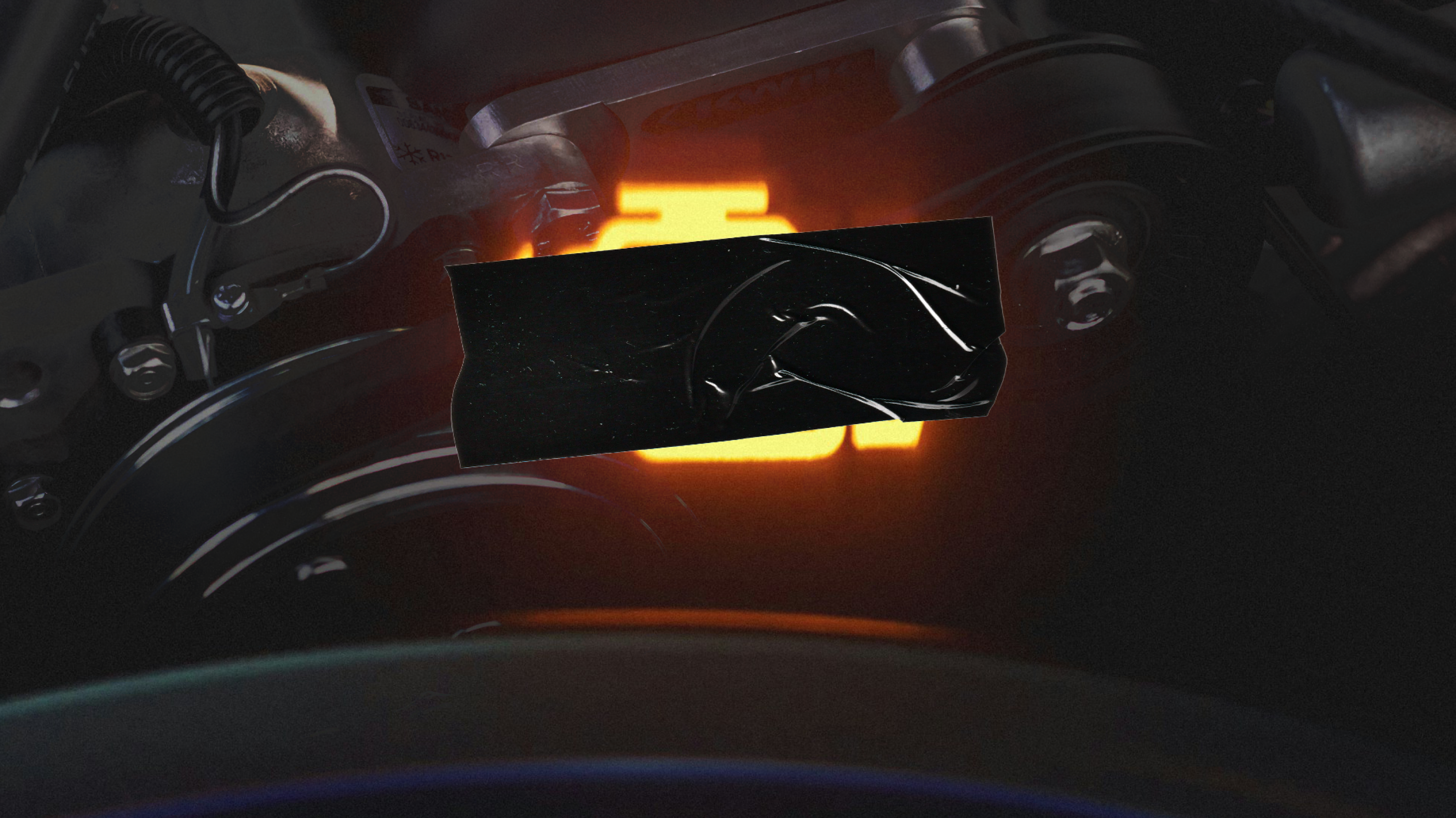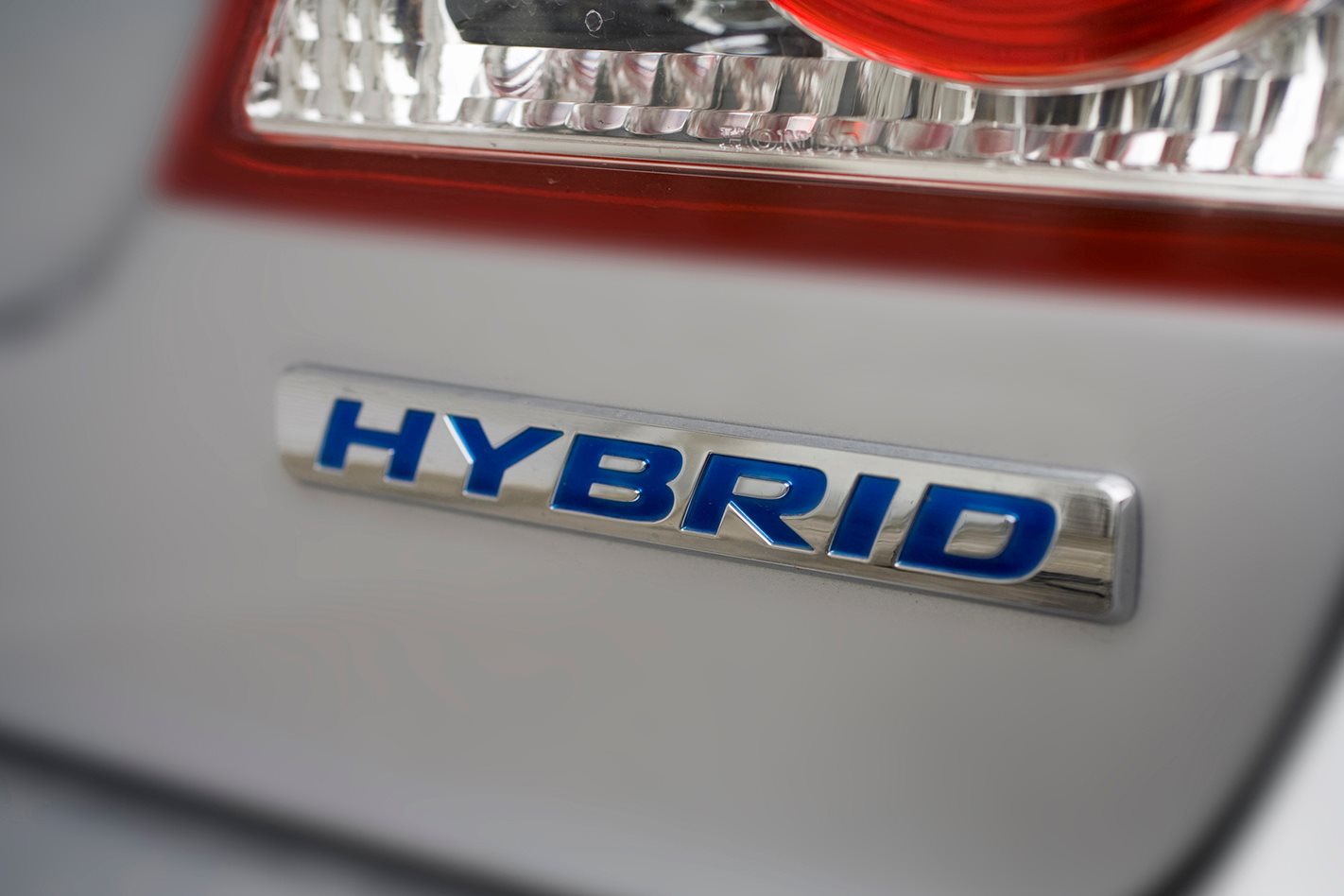
UPDATE, December 2022: See our comprehensive guide on hybrid cars at the link below!
If you’ve come here looking to know more about hybrid cars, you’ll be glad to know we’ve since published an even more comprehensive guide, with references to current hybrid models and the latest relevant technology. Get the full story at the link below.
Story continues…
Hybrid cars are partially electrified vehicles that still use a diesel or petrol engine; whether it’s to drive the wheels or just charge the battery.
The advantage of a hybrid over a full electric vehicle (EV) is they can fall back on the engine power if the electricity supply is dwindling.
That makes hybrids a stepping stone to full EVs, and also means they’re cleaner than standard internal combustion engine (ICE) cars, but with more range and peace of mind than a standard EV.
Simply put, they’re a bridge between the fossil-fuel age and the new era of electrification.
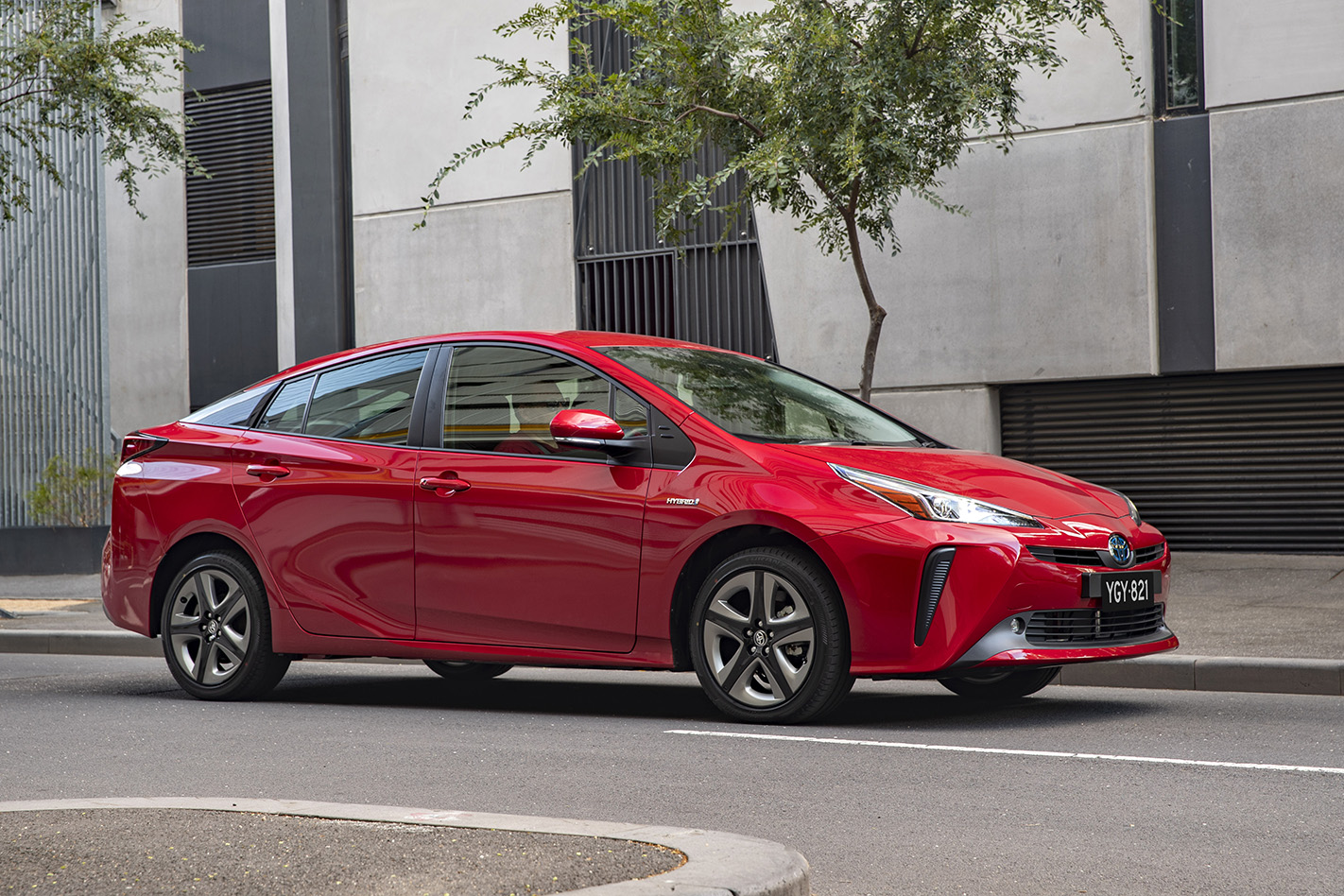
Buy one if you want to reduce your CO2 emissions, save fuel and possible avoid the Luxury Car Tax.
In this article, we explain the major types of hybrid car on sale in 2020 and explain what types of hybrid car you can actually purchase right now.
What’s the difference between a hybrid (HEV), mild hybrid and a PHEV? Keep reading to find out.
How do hybrids work?
Hybrid cars have been around for two decades in series production: Japanese manufacturers have led the charge, with the Honda Insight and Toyota Prius were both launched within months of each other in the late 1990s.
MORE: Diesel vs hybrid: which is the better petrol alternative?Hybrid cars in their various forms – which we’ll talk about later – combine the power from a conventional combustion engine along with an electric motor to propel the car and the result is either more efficient, more powerful or both.
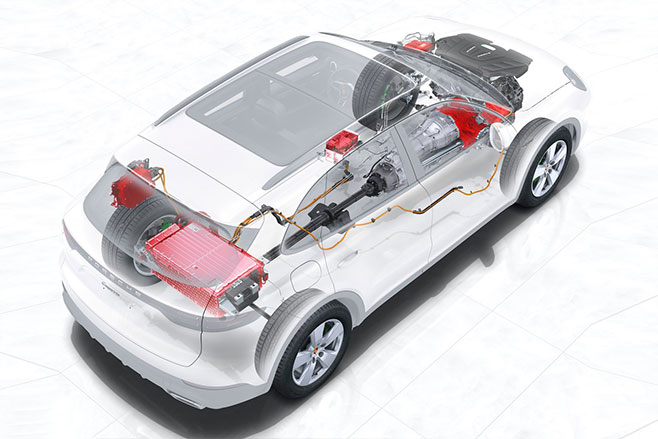
At lower speeds, most hybrids allow a short period fully-electric driving with the engine taking over as the speed increases.
Depending on the system, the electric motor then switches off, coming back on seamlessly when extra power is required, such as when overtaking.
MORE: Are EVs and hybrids good for towing?
The clever bit comes in the power control electronics, which juggle the different power sources. Most do this quite seamlessly, so the driver merely steers, stops and goes – there are rarely other buttons to confuse things (apart from an EV button on some full hybrids, to select full electric drive around town).
The majority of hybrids also use an auto ‘box, so you don’t have to change gear. You’ll usually find a Continuously Variable Transmission (CVT) gearbox, designed to maximise economy and deliver torque or pulling power when you need to accelerate fast.
What are the types of hybrid car?
A traditional hybrid (HEV) is a car which can drive under its own electric power, petrol or a combination: an electric motor on board is capable of driving the wheels under full e-power for a short distance, although most of the time the car will be driven by a mixture of combustion engine and electric motion.
They are sometimes called ‘parallel hybrids’.
Examples of full or parallel hybrids include cars like the Toyota Prius and the BMW 330e. Their batteries are typically small-capacity and they’re optimised for mixed running in daily driving, rather than extended zero-emissions electric range.
What is a mild hybrid car?
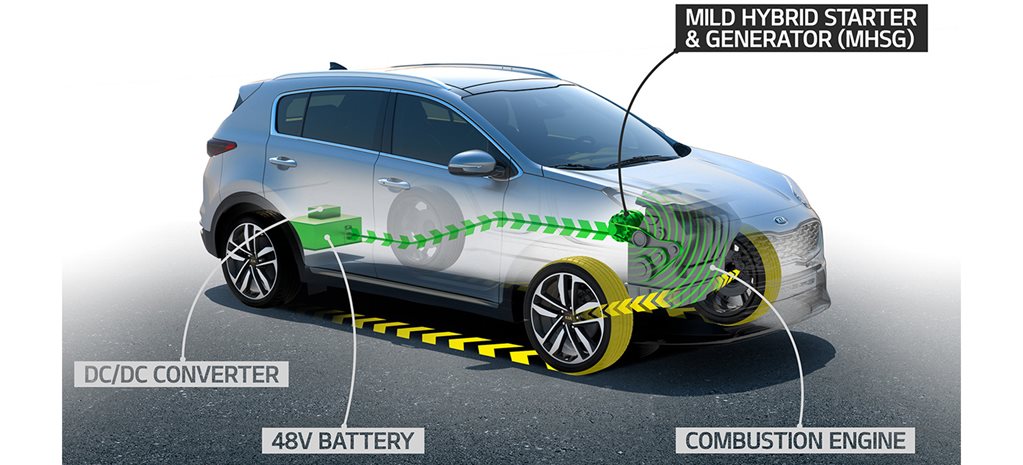
A mild hybrid car is one which cannot drive under electric power alone; the electric part of the powertrain is only used as assistance, and as a way to sometimes cut emissions.
You can read about what a mild-hybrid car is in detail here.
What is a plug-in hybrid car (PHEV)?
A plug-in hybrid is often also referred to as a PHEV, standing for Plug-in Hybrid Electric Vehicle. The name even makes it on to the side of the car sometimes – see the Mitsubishi Outlander PHEV, for example.
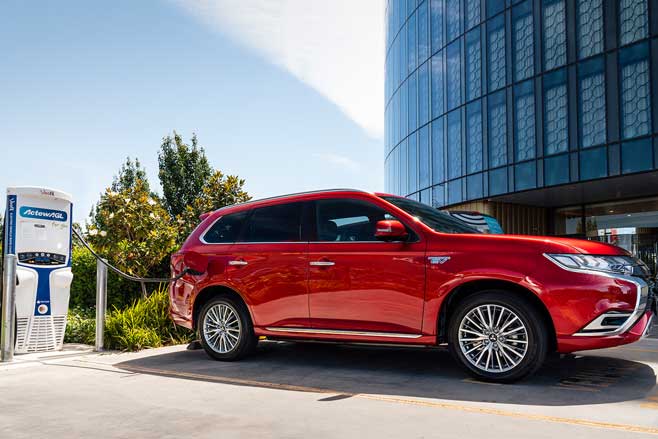
In a delightfully Ronseal fashion, a plug-in hybrid does exactly what it says on the tin: you can plug it in to charge up the batteries when you’re at home or on a long journey.
This means you can provisionally start every journey with a full battery, maximising your chances of driving into city centres on silent and zero-emissions EV mode.
MORE: Plug-in hybrids offer an answer to electrification
Examples of PHEVs include the Range Rover P400e and the new Mercedes-Benz A250e (below). They typically have bigger battery capacities to enable their longer electric range (typically around 30-50 kilometres which is enough for the average Aussie commute).
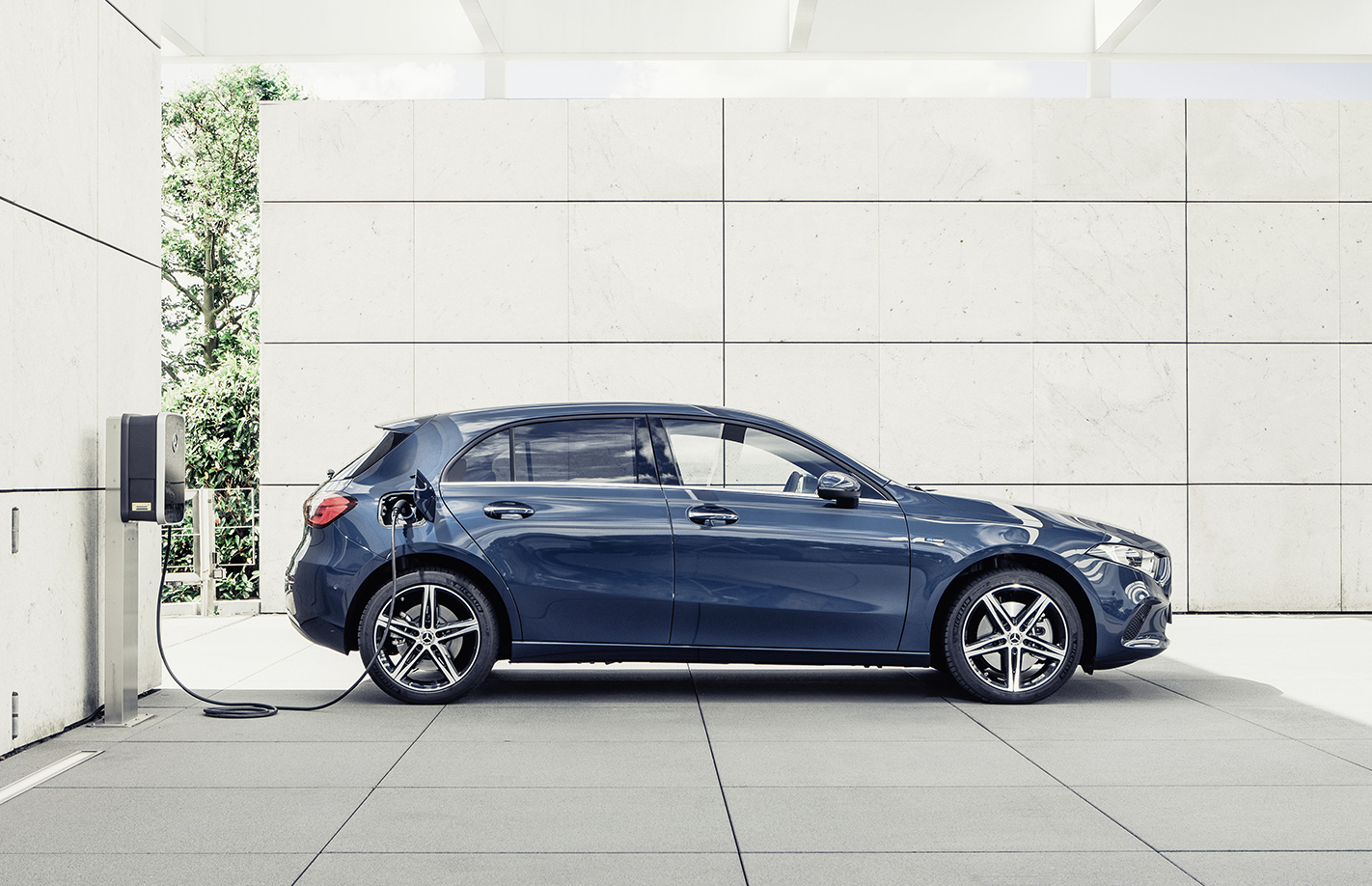
However, recent studies have proved that many owners treat them as internal combustion engine cars, never charging them up.
This is a really bad idea, as you have to carry all the weight of those batteries, but without the benefits in efficiency, they can bring.
The result? Sky-high bills and fuel economy worse than a petrol or diesel car! Therefore, only invest in a PHEV if you have the means to regularly charge it.
What is a range-extender or REX hybrid car?
Yep, yet another category of hybrid… REX stands for Range-Extender electric vehicle, meaning the internal combustion engine on board is only ever used as a generator to charge the battery of an EV, rather than to drive the wheels.
The BMW i3 REx is a good example of the genre, however, it is no longer in Australia.
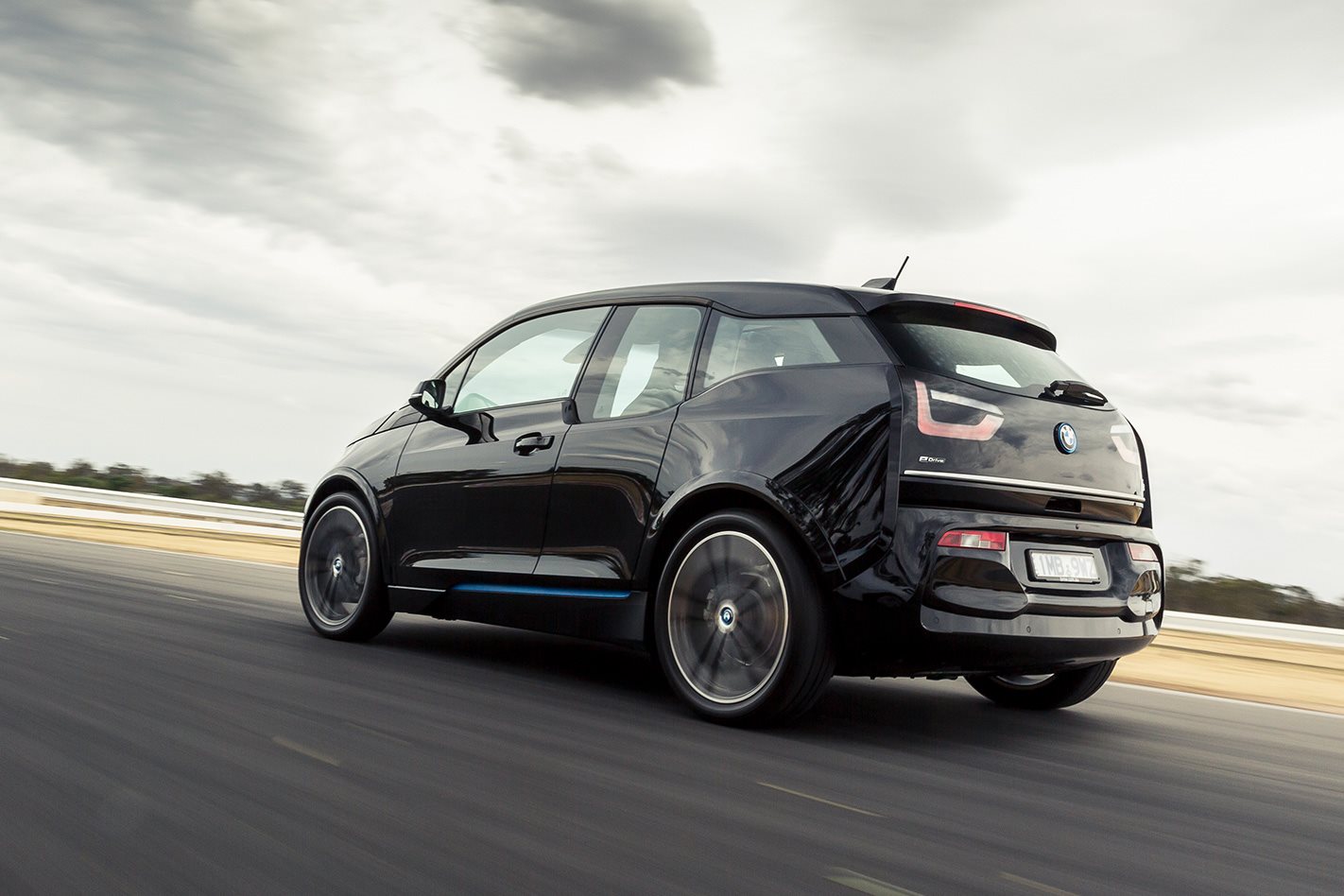
These range-extenders are also sometimes called a series hybrid (so named because the electric motor always drives the wheels – the internal combustion engine (ICE) is plumbed straight into the electric drivetrain, rather than the wheels on the road.
So how do I charge a hybrid car?
Most hybrids are charged automatically without any intervention by the driver. Regenerative braking uses energy wasted during braking or coasting to recharge the battery, with lots of little micro top-ups during normal driving.
Toyota has even started calling its models ‘self-charging hybrids’ to convey this to buyers.

The exception to this rule is a PHEV, which can be plugged into an electric plug to top up the battery: this can be done either at an EV charging point for faster charging or a domestic three-point plug if you’ve got time for a slow trickle charge.
READ NEXT: Australia’s best hybrids


